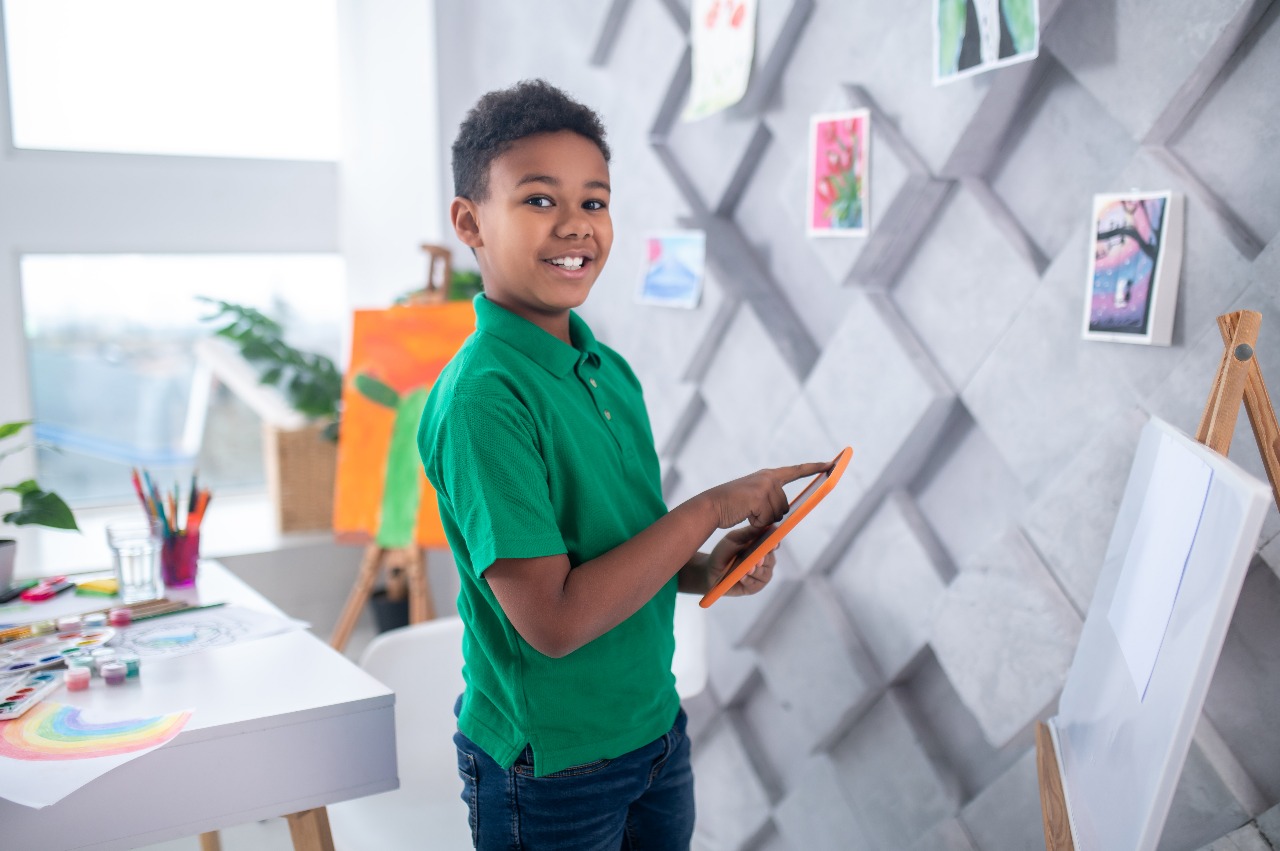Education in India is at an interesting crossroads.
On one side, we have the traditional chalk-and-talk classrooms still holding fort, and on the other, we see the rise of smartboards, AI tutors, and even mindfulness corners.
But somewhere in between, a quiet revolution is taking place – the movement towards inclusive education.
When you hear “inclusive education,” what’s the first thing that comes to mind? Wheelchair ramps? Braille books? While these are crucial, the future of inclusion is about so much more.
It’s a fundamental shift from accommodation to belonging.
This shift in mindset is the most powerful trend we’re witnessing.
It’s about recognising that diversity is a strength, not a challenge. Every child, regardless of their abilities, background, or learning style, brings a unique perspective to the classroom. Imagine a classroom where neurodivergent children aren’t just tolerated, but their unique ways of thinking are valued and celebrated as pathways to innovation.
The future of inclusive education in India is a dynamic field driven by several key factors.
A major shift is underway from simply integrating children into existing schools to fundamentally redesigning the educational ecosystem to support every learner.
This includes the widespread adoption of Universal Design for Learning (UDL), a framework that tailors curriculum, teaching methods, and assessments to diverse needs, moving away from the one-size-fits-all approach. This is creating a huge opportunity for teacher training, as educators need to be equipped with the skills and knowledge to implement UDL principles, identify learning differences, and foster a positive, collaborative classroom environment.

Another significant trend is the booming EdTech sector.
Technology is a powerful tool for promoting inclusion, offering personalised learning platforms that adapt to an individuals’ pace and style. Assistive technologies, such as screen readers, text-to-speech devices and communication boards, are becoming more available, empowering students with disabilities to access the curriculum.
The government’s role is crucial.
With policies like the National Education Policy (NEP) 2020 and the Rights of Persons with DIsabilities Act (2016) providing a strong legal foundation for inclusive practices. These policies emphasise holistic development, equity and the importance of creating accessible infrastructure and resources. The opportunities lie in translating these policies into actionable programs, ensuring adequate funding, and overcoming challenges like a lack of awareness and societal stigma.
Inclusive education isn’t just an institutional responsibility; it’s a societal one.
Engaging parents and the wider community is paramount.
When parents are informed, empowered, and actively involved, children thrive. Support groups, workshops, and open communication channels can transform a childhood.
Moreover, fostering community acceptance means challenging old prejudices and promoting understanding.
Initiatives that bring children of all abilities together, whether through sports, art, or community projects, are incredibly powerful.
F.A.Q
What is inclusive education in India?
Inclusive education is an approach that ensures every child, regardless of abilities, background, or learning style, learns together in the same environment with equal opportunities.
Why is inclusive education important?
It promotes diversity as a strength, fosters belonging, reduces discrimination, and ensures that every learner contributes their unique perspective.
What role does technology play in inclusive education?
Technology, including EdTech platforms, screen readers, and text-to-speech tools, helps personalize learning and makes education accessible for students with different needs.
How is the Indian government supporting inclusive education?
Policies like the National Education Policy (NEP) 2020 and the Rights of Persons with Disabilities Act (2016) provide a strong legal framework to promote equity and accessibility in schools.
How can parents and communities contribute to inclusive education?
Parents and communities can support inclusion by participating in workshops, forming support groups, encouraging open communication, and fostering acceptance among children of all abilities.
